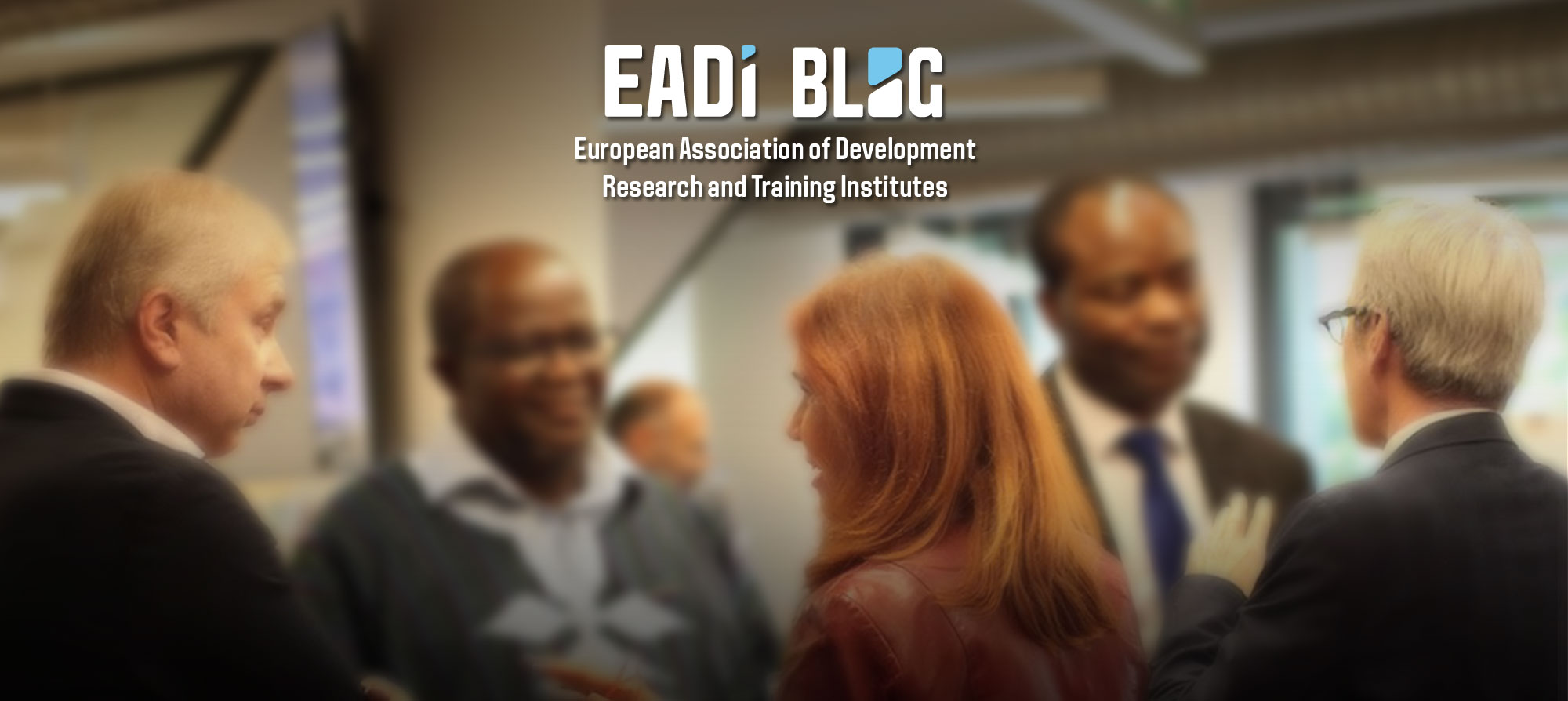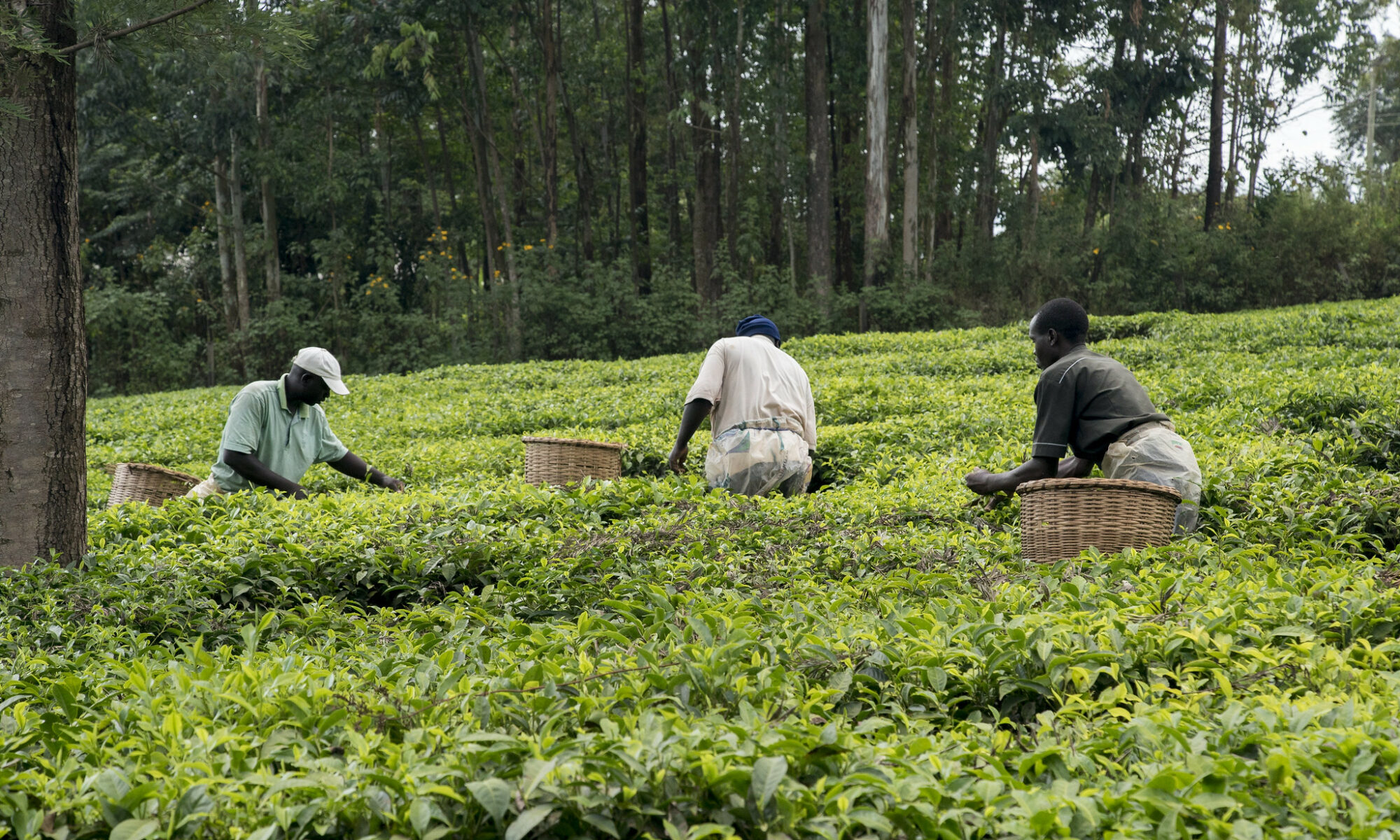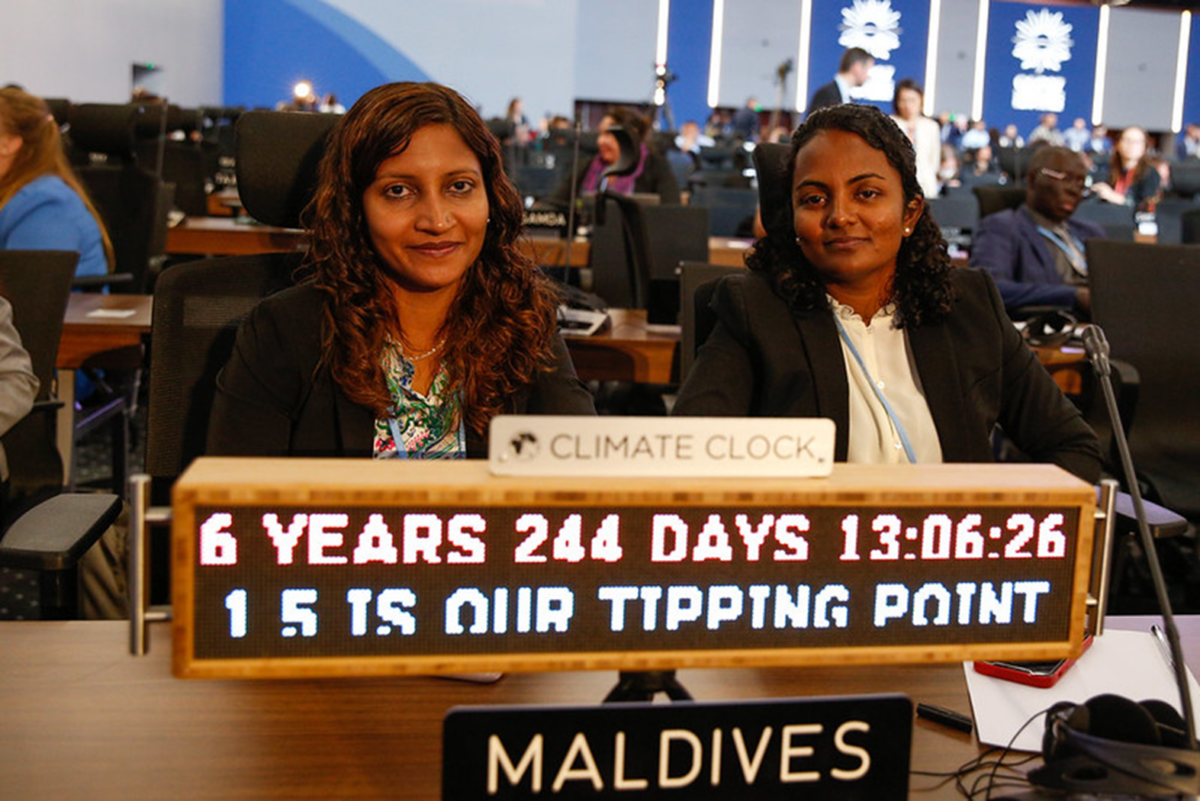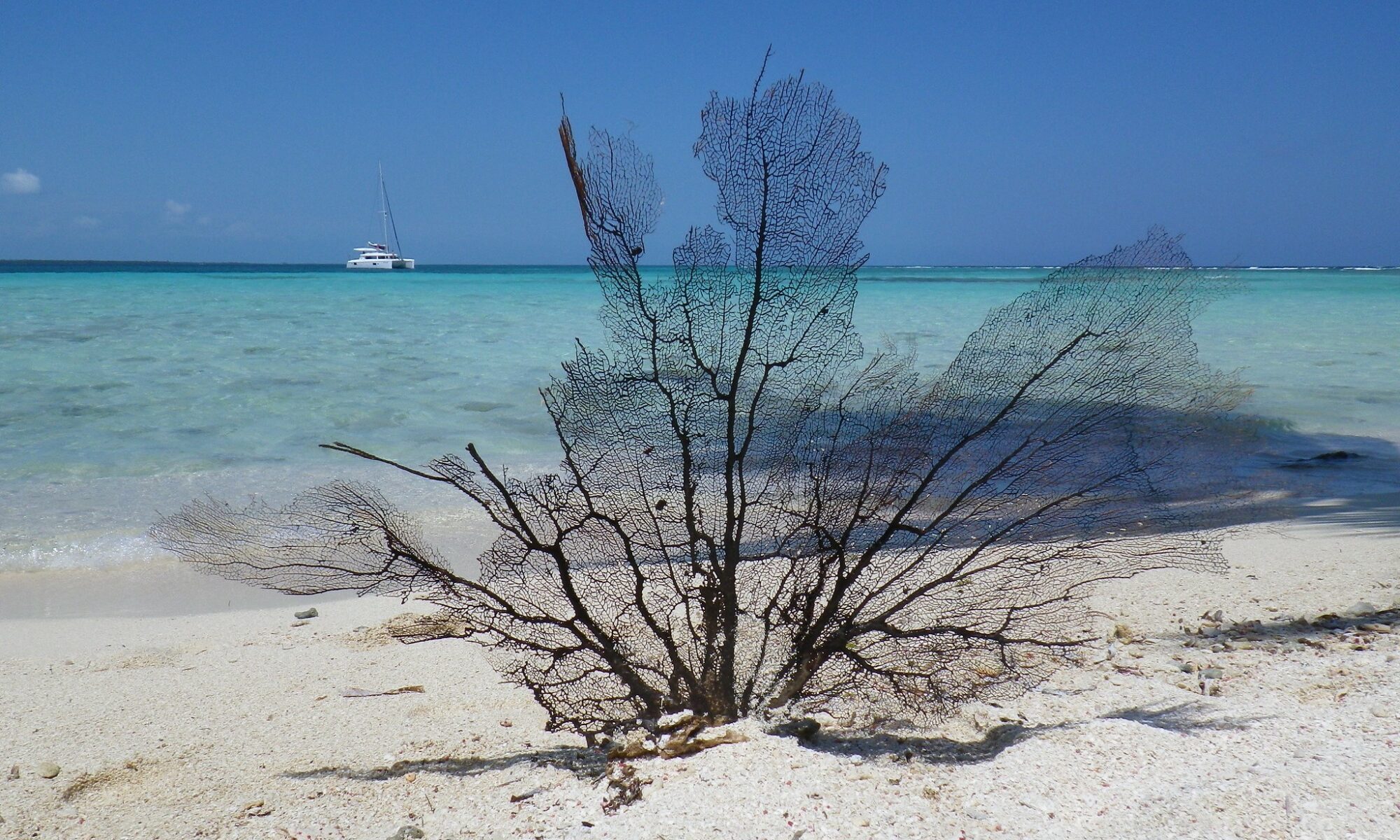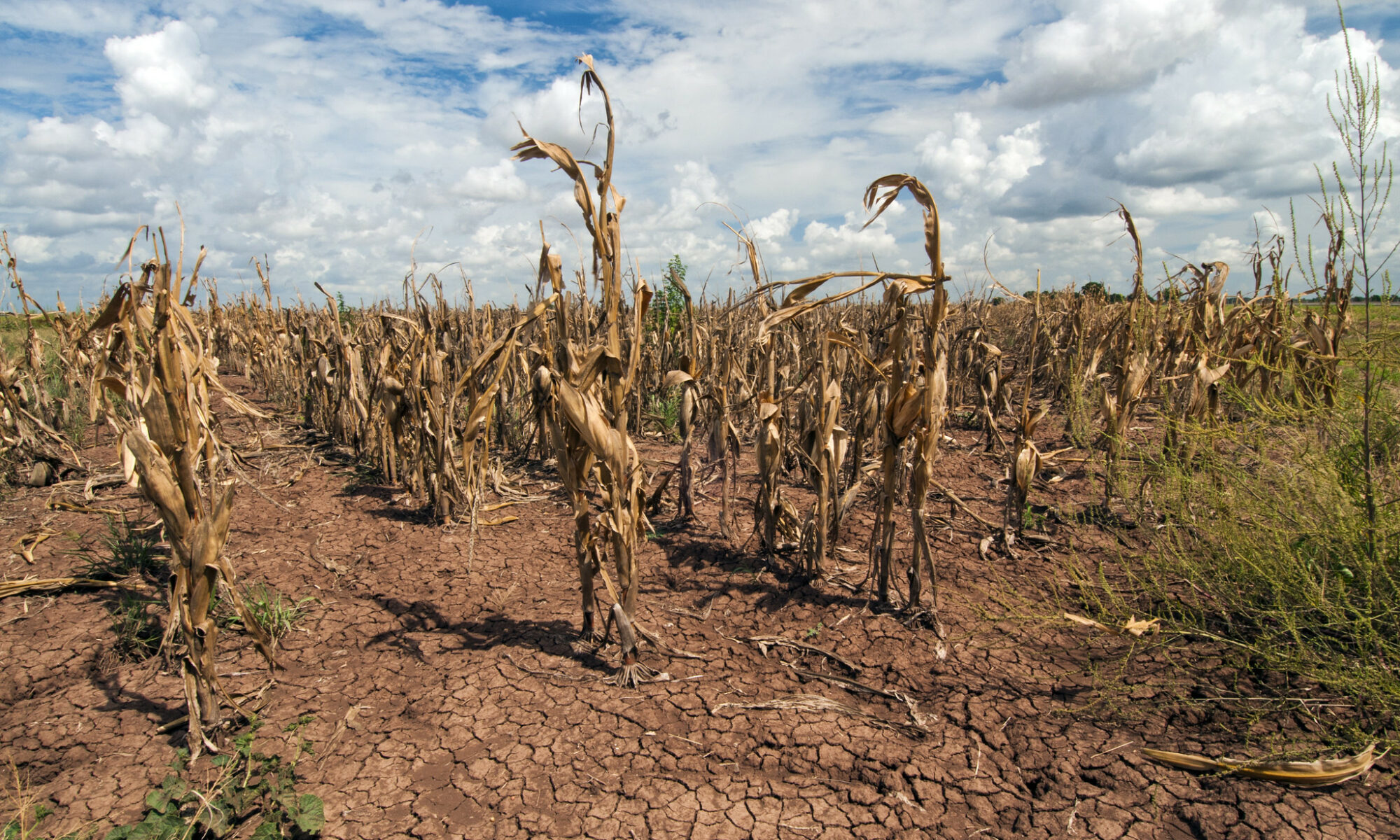By David Rossati Debt and Green Transition blog series
Several commentaries on the latest climate negotiations at the UN hailed the creation of a new international climate fund as a historic breakthrough. Unlike other climate funds, this entity will manage a new stream of funding dedicated to ‘loss and damage’ faced by vulnerable countries. Within the realm of the Paris Agreement and the UN Framework Convention on Climate Change (UNFCCC), ‘loss and damage’ loosely refers to the economic and non-economic losses faced by vulnerable countries due to extreme and slow onset events triggered by climate change, such as heatwaves or sea level rise. In other words, loss and damage is a multilateral stream of law and policy, in addition to mitigation, adaptation, and finance which deals with some crucial and unsolved tensions of the so called ‘green transition’: those between industrialized countries and historical polluters on one side, and, on the other, the most vulnerable countries suffering the most from destructive climatic events to which they have contributed little or nothing.
Continue reading “Managerialism versus Climate Justice in financing Loss and Damage”
